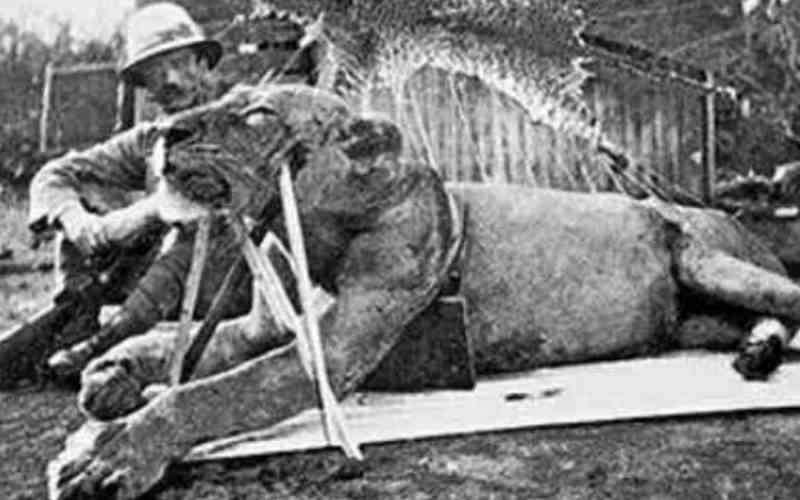×
The Standard e-Paper
Join Thousands of Readers

This December marks 124 years since the ferocious man-eating lions of Tsavo were gunned down by Col John Henry Patterson. The lions had terrorised Indian and local railway workers erecting a bridge over Tsavo River in 1898.
The 'Lunatic Line' as British lawmakers derided the Kenyan project, had been steeped in controversy way before work began. The MPs saw no need of sinking millions to fund a project in a far-flung colony that had no decent road.